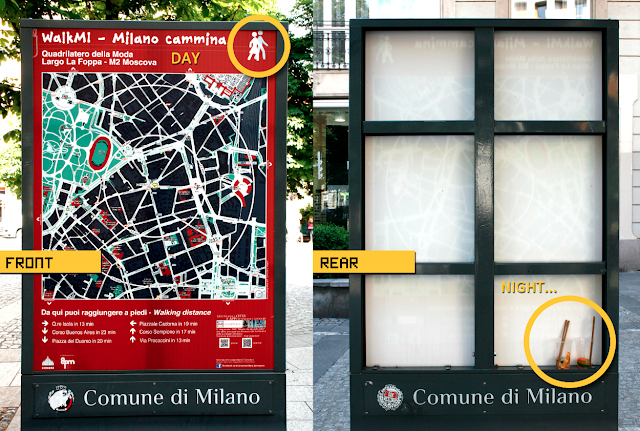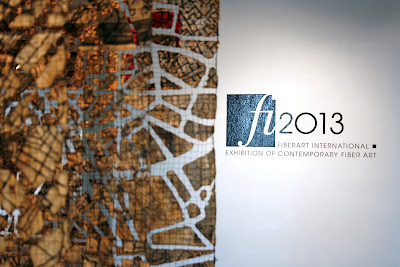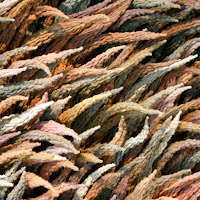all the images in this review are taken from the official website of the exhibition http://www.lacittanuova.it/opere.asp
It is with great pleasure that I can write a review of an exhibition organized by my beloved Como. Today I will talk about "La Città Nuova" (trans. The New City) in Villa Olmo.
Thinking (and taking care) of our cities, today, should be more diffuse in Italy. We "remember" about our cities only when we are complaining. We should push a dialogue on our spaces, instead, in an active way. Complaining is just waste of energy, if a proposal is not following.
These days, more than in the past years, we do need to go "civic" again.
The exhibition at Villa Olmo remembers us that many architects, in the past, reasoned on our cities, trying to understand them and making proposals for fixing the issues. Some views became realities, other remained utopias, but people were talking about them.
The route room after room gives us a good background of what were the problems, the visions, the dreams and the failures during the last century. Each step of the exhibition creates a clear base from which we could start again to talk about our cities.
The path is easy to follow, even by non-experts. The first room is dedicated to Antonio Sant'Elia, who died at 28 in the WWI. His perspectives are so precise that it is possible to draw their plans, even if he never did them. His ideas were futuristic for the early XX century, but seen today, they totally make sense. Then we have drawings for Fritz Lang's Metropolis and other utopias, compared to the real city.
The other rooms are dedicated to Le Corbusier's Plan Voisin, then Frank Lloyd Wright's Living City, with a big original maquette from the Vitra Museum.
The quality of each piece is absolutely high, with models on loan from the biggest foundation all over the world.
One big room, in the gorgeous Villa Olmo, guest the ideas that spread out in the mid XX century, with Archizoom Associates and Superstudio. Those are the most difficult projects to follow, for their highly theoretical content. My lecture is that they tried to reason, in a critic way, on the failure of certain visions, becoming aware of the entropy that, in fact, lead the cities to be as they are even now (that is: very far from tidy projects and clean maquettes, as previously hoped).
I think that projects like Continuous Monument (Monumento Continuo) should be intended as the research of connections in a vast way, across countries and over oceans. That happens today, not in a physical way but virtual, with the Internet.
And that is also the theme of the following room, with Cao Fei and her virtual city built on Second Life. Very interesting project guested in the nice little theater of the Villa.
Last but not least, Pizza City is a huge maquette created by Chris Burden. Another good point on wich we should stop and start thinking about where we are and were we are going.
In this review I tried to explain the path you'll find there, but the exhibition guest many more artists and the spaces of the Villa, with such a set up, is really worth visiting in person.
You now have time up to July 14th, 2013 to see those visions and make up your minds about what city would you like to live in.
Antonio Sant'Elia - La centrale elettrica
Erich Kettelhut for Metropolis
Living City, 1959, Frank Lloyd Wright
Archizoom Associati
Superstudio - Monumento Continuo, 1971
Cao Fei - RMB CITY: A Second Life City Planning, 2007
Chris Burden, Pizza City, enormous maquette (1991-1996)















































